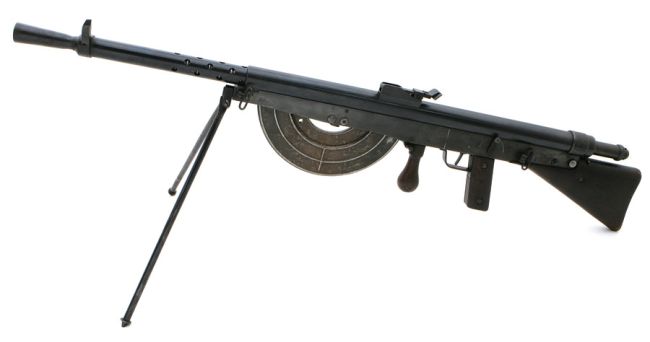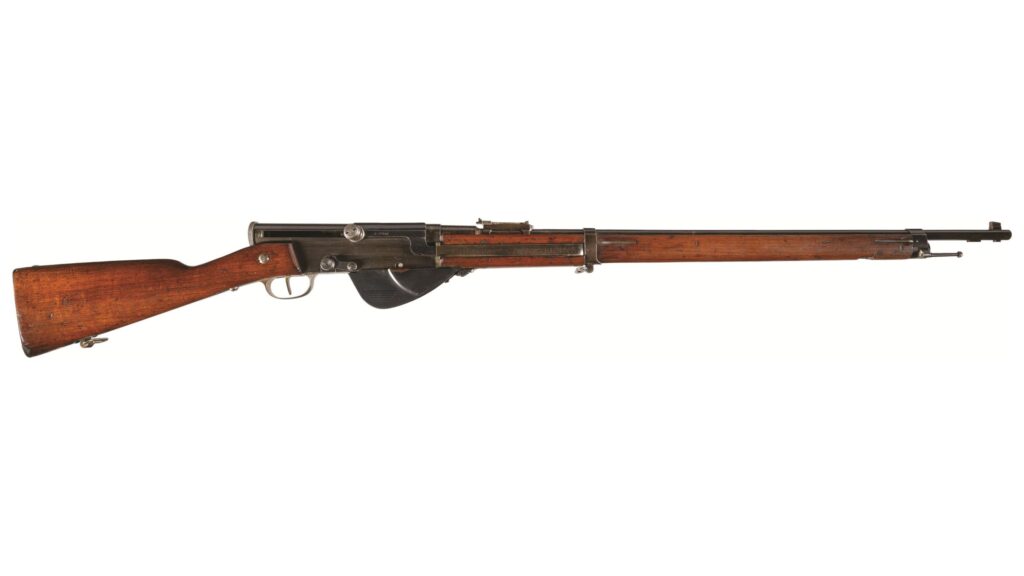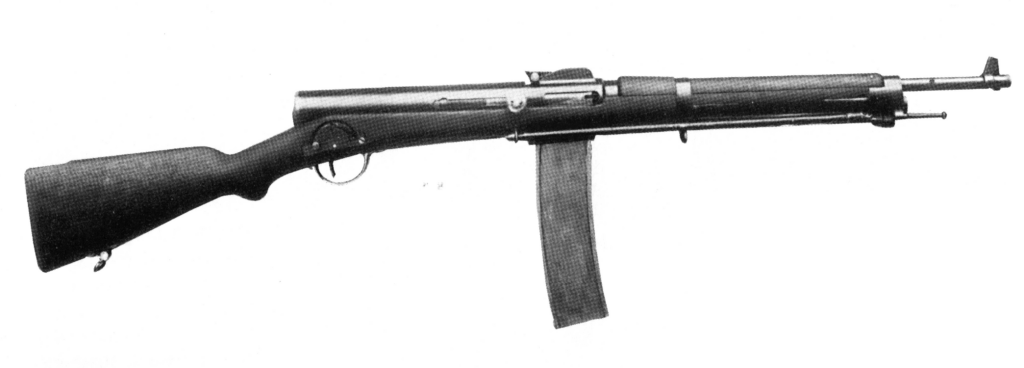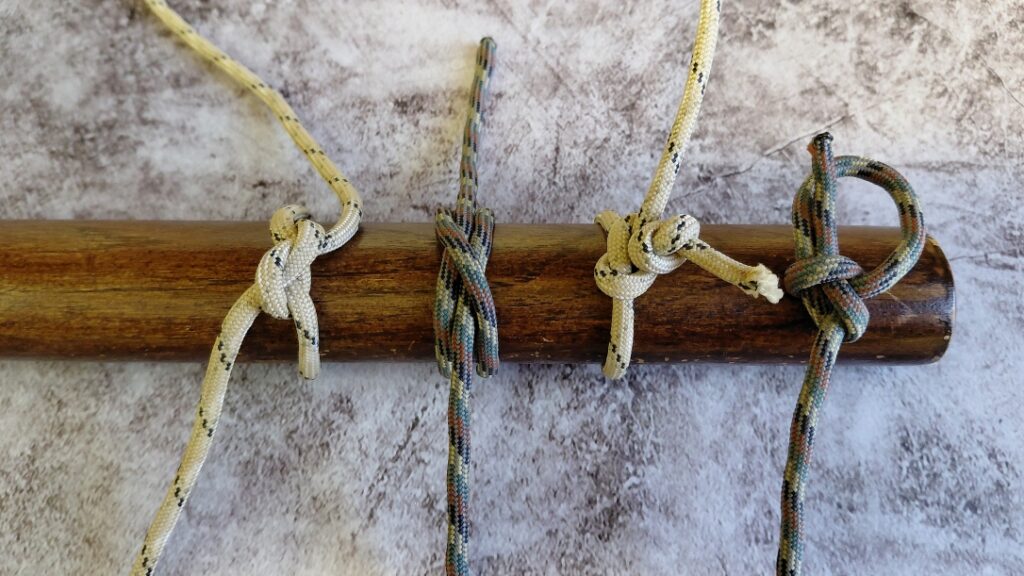If you ask a room full of gun guys and gals what the first assault rifle was, you’ll get chimes of “STG 44.” You might also hear a minority shout, “Fedorov Avtomat.” You can sit back and watch them argue. If you want to give them something to think about, bring up the Ribeyrolles 1918, which is arguably the first true assault rifle if we use the current definition we established for assault rifles.
That definition is a select-fire rifle with a detachable magazine that fires an intermediate cartridge. The Fedorov Avtomat was a select-fire infantry rifle, but it chambered the 6.5x50mmSR Arisaka cartridge, which is not quite intermediate. The STG 44 fits the bill, but as the name implies, it was created in 1944. Now, the Ribeyrolles 1918 also fits the bill and came almost two decades prior.
Arguably, the STG 44 won the first successful assault rifle category and gave birth to the modern world of assault rifles we now know. However, it wasn’t an original idea.
Advertisement — Continue Reading Below
The Origin of the Ribeyrolles 1918
The Ribeyrolles 1918 was the brainchild of Paul Ribeyrolles, a Frenchman who was the plant manager of the Clement-Gladiator motor vehicle and bicycle factory. During World War I, France’s wartime economy necessitated the conversion of everyday factories into weapons production centers.

Clement-Gladiator had already produced the infamous automatic rifle, the Chauchat, for the French Army. Ribeyrolles helped produce the Chauchat and later helped develop the gas-operated semi-automatic Fusil Automatique Modèle 1917 for the French forces at the tail end of the war. Paul Ribeyrolles defined the idea of forward thinking. He was a trailblazer and a well-known one at that.
Advertisement — Continue Reading Below

World War I and trench warfare established that easily controllable, rapid-firing weapons were necessary for close-range combat. The big bolt-action guns weren’t great for clearing rooms. This led to the development of submachine guns, and the Ribeyrolles 1918 aimed to fall between the submachine gun and the battle rifle.
What We Know About the Ribeyrolles 1918
There is very little information on this Ribeyrolles 1918. We only have one photo of it, and it doesn’t seem like any surviving examples exist. Maybe some French attic has one stored unknown to the occupants, but that seems unlikely. What we know about the Ribeyrolles 1918 is that the rifle was a select fire design. It has a three-position safety: the rearmost position is semi-auto, the middle position is safe, and the forward position is full-auto.
Advertisement — Continue Reading Below
The rifle operated on a straight blowback principle and fired a 8x33mm cartridge. This would have scored on the intermediate scale. Ribeyrolles scaled down the .351 Winchester Self-Loading cartridge to create the 8x33mm cartridge. The bullet was from an 8mm Lebel. The magazine held twenty-five rounds and was detachable.

The blowback action promised lots of recoil and forced the weapon to be exceptionally heavy. Blowback guns require hefty bolts to keep the action closed until the bullet leaves the barrel. Trying to use a blowback action with a rifle cartridge is tough.
Advertisement — Continue Reading Below
It works for handguns but doesn’t do well with the power generated from a rifle. At 11.25 pounds, it weighed as much as the Fusil Automatique Modèle 1917 but fired an intermediate cartridge rather than a full-powered battle rifle cartridge. The gun measured out to about 43 inches in total.
Testing the Carabine Mitrailleuse 1918
The Ribeyrolles 1918 was presented to the French twice. Once before the war and once after the war. In both presentations, the rifle had severe reliability issues, and it often jammed and failed to operate. Additionally, the world really wasn’t ready for an assault rifle. It was a weapon without a purpose. The French saw it as too unwieldy and cumbersome to be a submachine gun, and the 8x33m cartridge only reached out to 400 yards.
In this era, the full-powered rifle rounds dominated, and the French watched the range they provided. The Ribeyrolles 1918 simply didn’t fit into their idea of how to arm a military force. Plus, this introduced another logistical concern. They’d have to issue cartridges for handguns and submachine guns, full-power battle rifles, and the Ribeyrolles 1918. Thus, the weapon has entered the realm of obscurity.
Advertisement — Continue Reading Below
It’s most certainly a fascinating idea and was way ahead of its time, but sadly, its use is regulated to Battlefield 1















